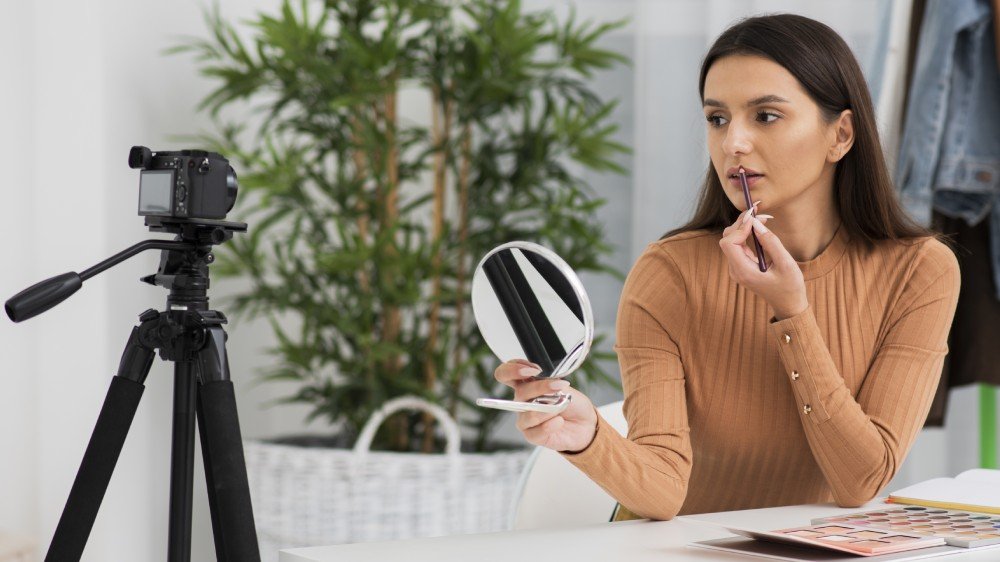Makeup is more than a beauty enhancer; it’s an art form that transforms your appearance to suit the occasion and environment. When it comes to photography, makeup becomes a powerful tool to accentuate features, balance lighting, and ensure you look flawless in every shot. Whether it’s for a wedding album, professional shoot, or commercial project, photographic makeup requires precision and expertise. Let’s explore the key elements that make photographic makeup a game-changer.
Understanding Photographic Makeup
Photographic makeup differs from everyday makeup. Cameras, especially high-resolution ones, can highlight the smallest details, including uneven skin tones, harsh lines, and even excess shine. The goal of photographic makeup is to create a balanced, polished look that appears natural yet striking under different lighting conditions.
Unlike regular makeup, photographic makeup uses products with specific textures and finishes to ensure a flawless appearance. Matte foundations, precise contouring, and strategically placed highlights are just a few techniques used to achieve perfection.
Key Techniques for Flawless Photos
1. Skin Preparation
Good skin preparation is essential for photographic makeup. A well-moisturized and primed face creates the perfect canvas for foundation application. Prepping the skin ensures long-lasting wear and prevents makeup from looking cakey or uneven.
2. Choosing the Right Base
The foundation plays a crucial role in photographic makeup. Matte or semi-matte foundations are preferred as they minimize shine under bright lights. Additionally, full-coverage foundations help conceal blemishes and provide a smooth, even tone.
3. Highlighting and Contouring
Contouring adds dimension to your face, enhancing features like cheekbones, jawlines, and nose bridges. Highlighting, on the other hand, strategically enhances areas where light naturally falls, like the tops of cheekbones and the bridge of the nose.
4. Eye Definition
Eyes are the focal point in most photographs. Using waterproof eyeliners and mascaras prevents smudging, while eyeshadows with matte finishes or subtle shimmer create depth. False lashes can also enhance your eyes, making them appear larger and more defined.
5. Lip Perfection
Photographic makeup often opts for long-lasting lipsticks that stay vibrant for hours. Neutral tones work well for natural looks, while bold reds or berries are perfect for dramatic, editorial photoshoots.
Lighting Matters
The makeup that looks stunning under natural light may not work well under studio or artificial lighting. Photographic makeup takes lighting conditions into account, using products and techniques to balance shadows and highlights effectively.
Common Mistakes to Avoid
- Overusing shimmer or glitter, which can reflect harshly in flash photography.
- Using SPF foundations, which may create a white cast under a camera flash.
- Neglecting to blend, which can result in visible lines or patches.
Why Choose Professional Photographic Makeup?
Working with a skilled makeup artist ensures a flawless, photo-ready look. At Zarin Nissar’s Makeover Studio, we specialize in photographic makeup, crafting looks that stand out on camera while enhancing your natural beauty. With years of experience working with international models, photographers, and celebrities, we know what it takes to make every frame count.
Conclusion
Photographic makeup is an art that goes beyond enhancing beauty—it ensures you look your best in every shot, regardless of lighting or angles. Whether it’s a wedding, portfolio shoot, or commercial project, Z

